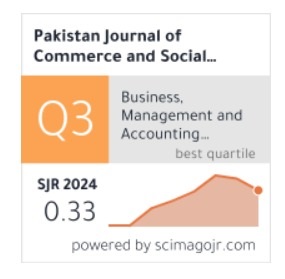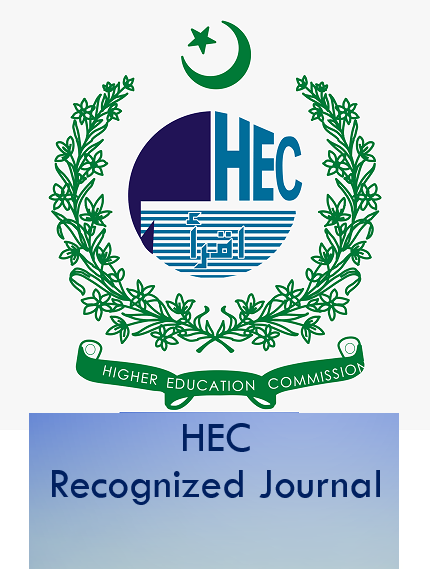Age-Structure, Human Capital and Economic Growth in Developing Economies: A Disaggregated Analysis
Keywords:
age-structure, economic growth, economic regions, human capital, developing economies, demographic dividends.Abstract
It is attempted to explore the role of change in age-structure and human capital in economic growth of developing countries. A disaggregated panel analysis of 67 developing economies across regions and income groups over the time period of 1960-2014 is conducted. Difference Generalized Method of Moments (Diff-GMM) is employed to overcome the panel-specific problems particularly endogeneity and reverse-causation. The results reveal that changes in age-structure and human capital positively influence economic growth at all disaggregated levels. However, the effect is more powerful in relatively developed regions and high income groups. There is high speed of convergence for less developed economies and vice versa. It may be concluded that change in agestructure and human capital affect the regional and income groups of the economies by different magnitude and pace. Based on empirical results, the Sub-Saharan Africa and lowincome economies where transition in age-structure is in its initial phase, population policies should be focused on reducing fertility to accelerate the economic growth. Human capital growth should be another part of the policy for having the demographic dividends.





